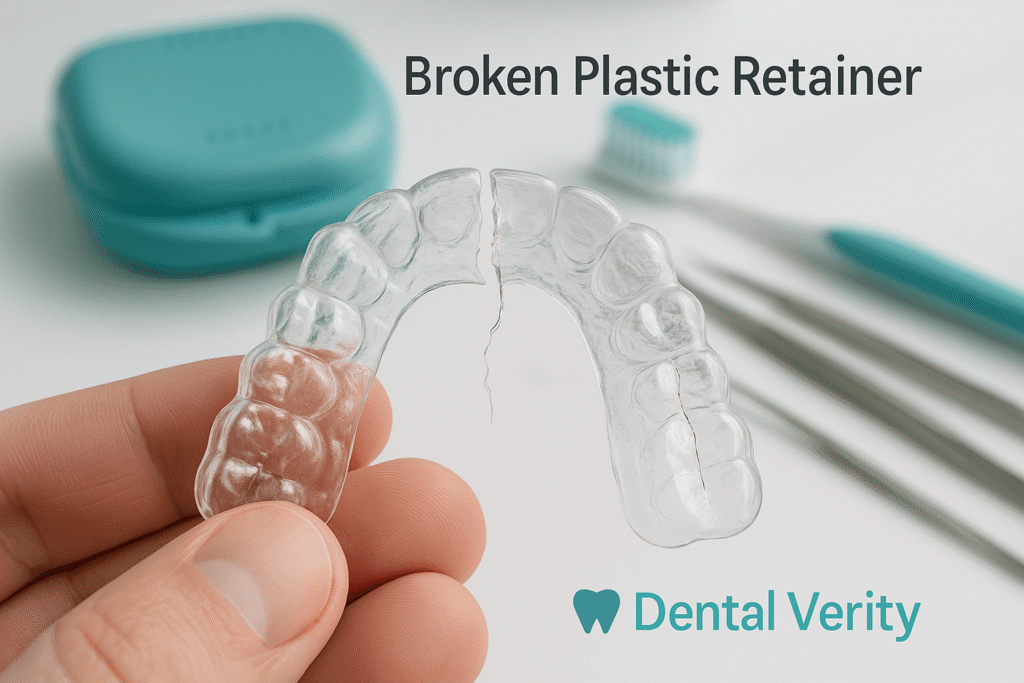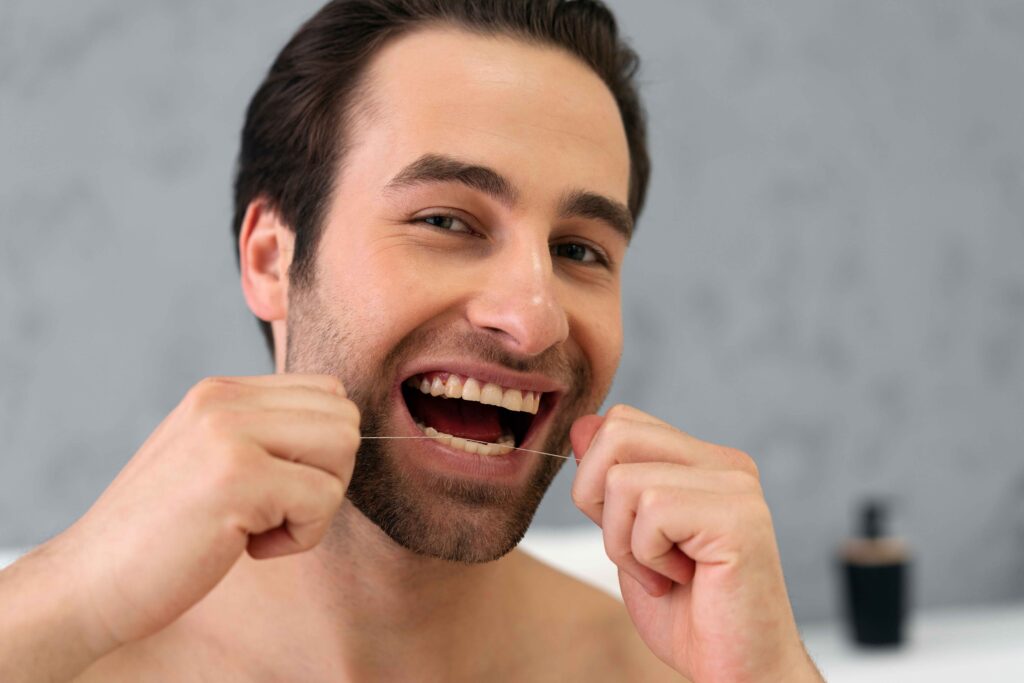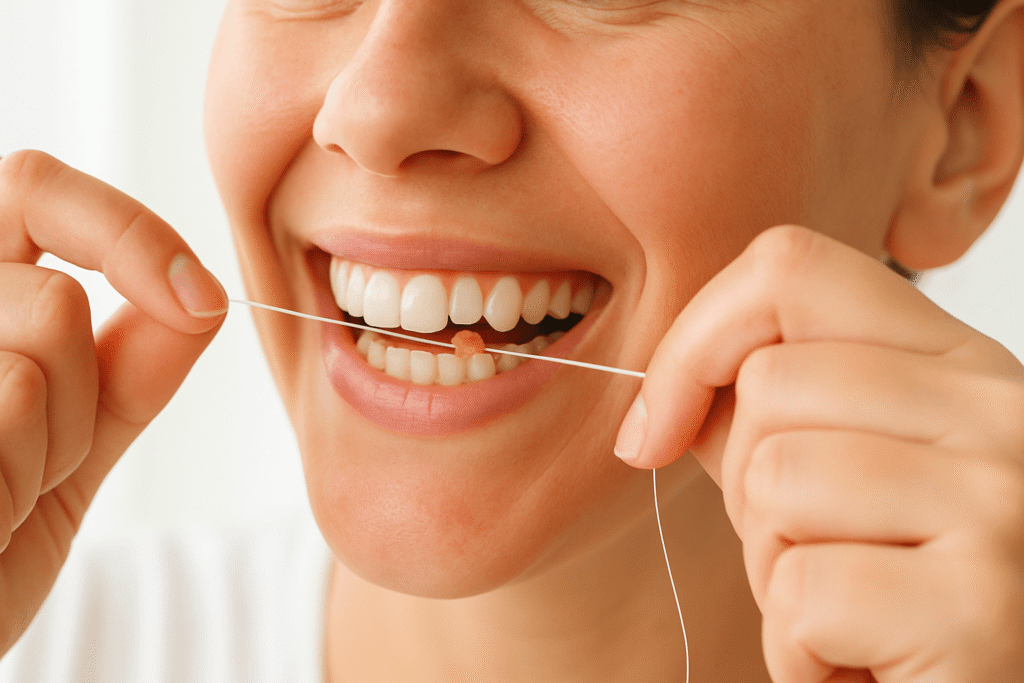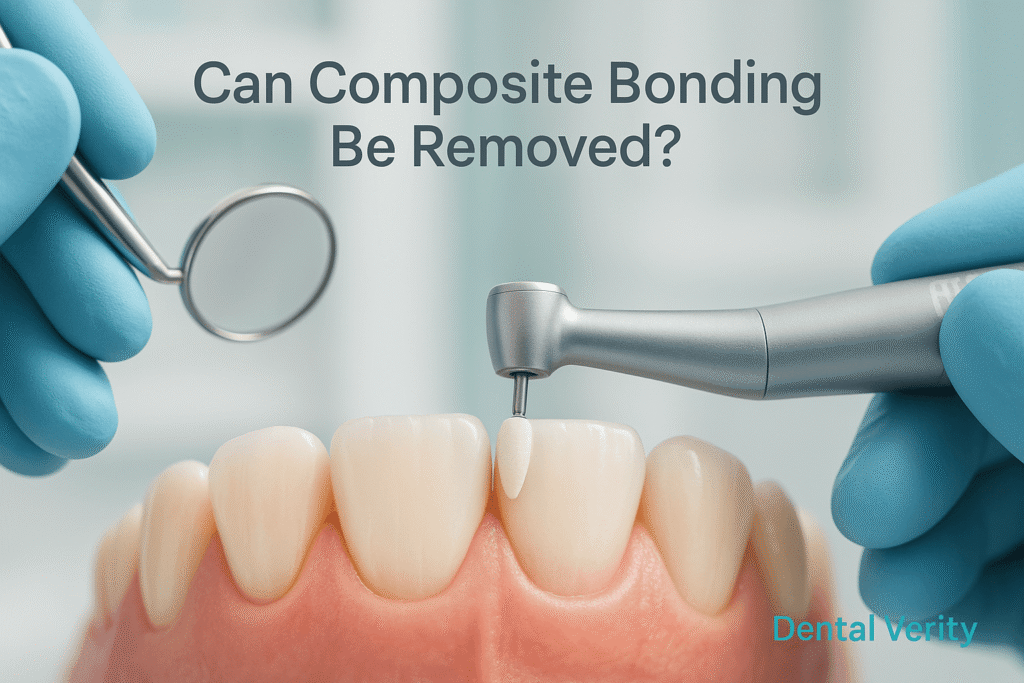
A broken retainer is more common than you might think, especially with the wear and tear it faces during everyday use. Whether it’s from an accidental drop, biting down on something tough, or simply age, it’s important to know how to handle it. If your retainer is broken, it can impact the corrected position of your teeth, causing them to shift and even undo your orthodontic work. Don’t panic, though there are solutions available, but acting quickly is key to maintaining those straight teeth you’ve worked so hard for.
When a retainer breaks, it’s essential to get it fixed as soon as possible to avoid further damage. Sometimes, it can be a simple repair, like fixing a crack or replacing a broken piece, while other times, you might need a completely new one. Your orthodontic specialist can guide you through the process and make sure the replacement retainer fits just right. In the meantime, try to be mindful of any circumstances that could lead to further damage, like chewing gum or eating your favorite foods too aggressively.
Signs You Need to Maintain Your Retainer
If you notice your teeth starting to shift or feel like they’re moving back to their original position, it might be time for some retainer maintenance. It’s easy to realize that something is off when your retainer starts showing signs of wear and tear, like cracks or even a break.
Sometimes, the cause can be something as simple as eating hard foods or an unexpected mouth injury, but other times it’s just the natural wearing over time. If your retainer is no longer keeping your teeth in that straightened position, it could be time for a repair or a new retainer to keep everything in place. Here are 3 signs that indicate it might be time for a retainer repair or a replacement.
1. When Your Retainer No Longer Fits Properly
If you notice that your retainer doesn’t fit like it used to, it might be losing shape due to wear or improper care. Sometimes, people make the mistake of cleaning it with boiling water or tossing it in the dishwasher, which can cause it to warp and not fit correctly.
If your retainer starts to hurt or feels uncomfortable, don’t panic it’s a sign that you may need a retainer repair or even a new retainer. The best thing to do is contact your orthodontist to ensure everything is back in proper shape.
2. When Your Plastic Retainer Has Small Cracks
If you notice small cracks in your plastic retainer, it’s important not to ignore them. Over time, these tiny cracks can grow bigger, weakening the strength of the retainer and making it harder to keep teeth in their original position. Whether it’s a plastic retainer or a combination with wire, it’s best to replace it before the damage worsens.
A quick visit to your orthodontist could save you from needing a re-brace down the road, as catching these issues early ensures your teeth stay straight.
3. When Your Retainer Feels Loose
Over time, retainers can wear down and start feeling loose—it’s pretty common as time passes. If you notice that your retainer is no longer snug and your teeth start to feel like they’re shifting back to a crooked position, it might be time to replace it with a new retainer.
Ignoring the problem could eventually lead to the need for a re-brace, which can be a lot more costly than just replacing the loose retainer. So, catching it early saves you both money and the hassle of starting over!
Broken Retainer? Here’s What You Should Do
Identifying cracks or a poor fit is only the beginning. Each case may need a different approach. If your retainer breaks, follow these three steps:
Step 1: Evaluate the Damage to Your Broken Retainer
When your retainer breaks, the first thing you’ll want to do is assess the extent of the damage. Check for cracks, any loose fits, or if it’s completely split.
Sometimes it might be a minor issue, like a small crack in the retainer tray, but other times, it could be more serious. Keep in mind, wear and tear over time, or even injuries to your mouth or gums, could cause damage.
In any case, it’s best to avoid trying to fix it yourself with glue or other home remedies, as using the wrong product could involve toxic chemicals. When in doubt, reach out to the experts for the proper solution!
Step 2: Schedule an Orthodontist Check-up
After you’ve assessed the damage, it’s time to call your orthodontist. They’ll examine the broken retainer and recommend the best solution. Whether it’s switching retainers or getting a new retainer, the orthodontist will give you a clear timeframe.
Depending on how much time you have left with your current retainer, you may need a replacement soon to avoid complications like tooth shifting or even root loss. If you’re lucky, you might just need a replacement within 2 weeks to stay on track.
Step 3: Don’t Wait, Act Quickly!
Once you’ve spoken to your orthodontist, don’t delay in taking action. A broken retainer can quickly lead to tooth complications, like your teeth shifting back to their original position. The sooner you get a replacement or the necessary fix, the better the chance of keeping your smile straight.
If your retainer isn’t working properly, it could also impact your overall progress, so make sure to follow through with the next tray or any adjustments your orthodontist recommends right away!
How to Keep Your Dental Retainer from Breaking
To prevent your retainer from breaking, make sure to clean it regularly. Over time, bacteria and plaque can build up, leading to tartar and even an unpleasant taste or smell. If you leave your retainer dirty, it can also cause issues like Streptococcus growth, which can lead to illness. Keeping it clean helps not only avoid damage but also keeps your retainer fresh and safe to wear.
Here are 4 tips to help prevent your retainer from breaking.
1. Proper Retainer Removal Techniques
When removing your retainer, always follow the recommended way to avoid any strain or twisting that could cause a break. Use one finger on each side to gently lift it off. This prevents flexing and damaging the material, ensuring your retainer stays in good shape.
2. Support Your Retainer During Cleaning
To prevent stress and potential cracks, always support your retainer by holding it with one hand while cleaning. This helps avoid applying pressure that could cause it to flex. It’s best to clean it over a soft towel to catch any accidents.
3. Best Cleaning Practices for Retainers
For cleaning, use lukewarm water and a soft-bristled toothbrush to gently brush in a circular motion. Avoid hot water, as it can cause damage. You can also soak your retainer in a mild solution or an alcohol-based mouthwash to help with any calcium build-up. This will prevent improper cleaning that could cause the retainer to split or crack over time.
4. Understanding Retainer Damage and What to Do
A broken retainer can be frustrating, but identifying the damage early can save you time. If you notice a cracked retainer or severe break, don’t delay—act quickly to fix it and maintain its functionality. Ignoring it can lead to complications or setbacks in your orthodontic treatment.
When to Get a New Retainer for Your Broken One
If you notice significant damage to your broken retainer, it might be time to replace it. While small issues could sometimes be fixed, a broken retainer that can’t maintain its functionality is best swapped out. Your orthodontists can help you with custom replacements that’ll better align with your treatment goals. Don’t wait too long, as using a damaged retainer could mess with the progress you’ve made!
Conclusion
In conclusion, taking care of your retainer is crucial to maintaining the results of your orthodontic treatment. Whether it’s avoiding damage through proper handling or getting a replacement when necessary, staying on top of retainer maintenance will ensure your teeth remain in their correct position. If you notice any issues, such as cracks, looseness, or significant damage, don’t hesitate to contact your orthodontist for guidance. A little attention today can save you from bigger complications tomorrow!



